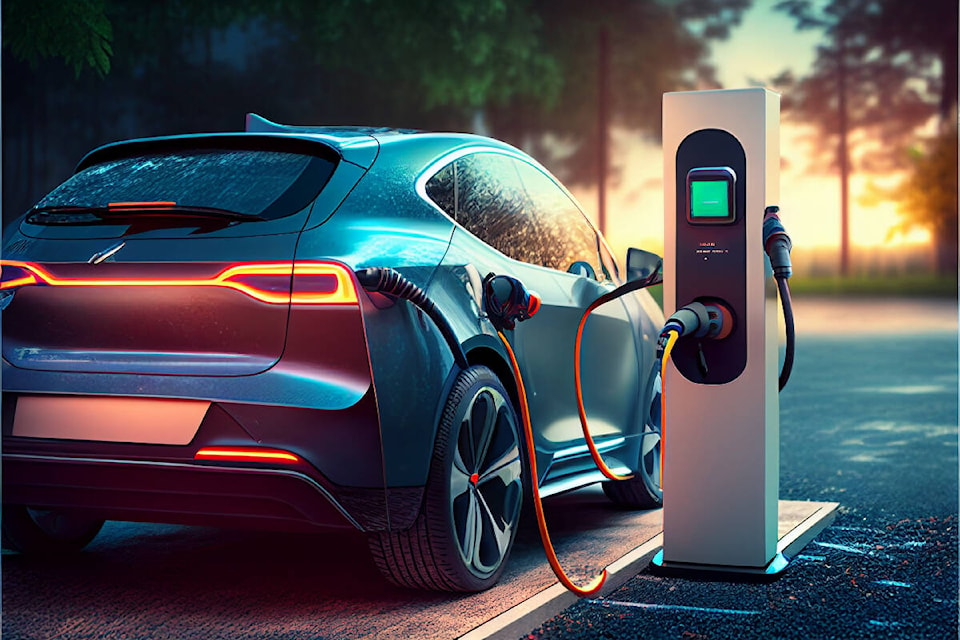~BW Uzelman
The CCF Party, the forerunner of the NDP, gained power in Saskatchewan in 1944. In a dramatic effort to transform and expand the economy, the government quixotically set up crown-owned manufacturing ventures, even a shoe factory. It didn’t work. The factories soon failed and were abandoned.
However, the Saskatchewan CCF went on to expand resource development and industry to fund Medicare, universal pensions and many more social programs. That is the lesson for BC: make a grand commitment to develop our clean resources and expand our industries. The resulting growth will bolster government revenues, and fund escalating government expenditures and the costs imposed by CleanBC.
The British Columbia NDP government has overstated the economic benefits of CleanBC, their policy to propel the clean transition. The policies will, in fact, sharply reduce economic growth, according to obscure modelling by BC’s own Ministry of Energy, Mines and Low Carbon Innovation. The government has not been transparent.
CleanBC’s Roadmap presents a commendable goal to lower GHG emissions 40% by 2030. The Roadmap provides rebates on electric vehicles and on energy-saving upgrades for existing and new homes and commercial buildings. There are regulatory actions too: improved clean fuel requirements, accelerated zero-emission vehicle regulations, mandated cuts to methane emissions in the oil and gas industry, upgraded carbon emission regulations for buildings, and more. The carbon tax is to rise yearly to 2030.
The CleanBC report boasts its initiatives can be expected to provide job growth of 7% and a GDP increase of 19% from 2020-2030. The Business Council of BC has compared these projections to little known modelling by the energy ministry. The numbers do not align. BCBC says the CleanBC figures appear to include only “the new jobs and new GDP generated by the Roadmap initiatives.” Job losses and lower GDP, resulting from rapidly raising the carbon tax and other climate measures, have not been included.
Ken Peacock, Chief Economist of BCBC, using energy ministry data, calculates that, absent the CleanBC measures, real GDP would grow by an average of 2.5% per year from 2020-2025 and 1.3% from 2025-2030. With the CleanBC measures, average growth will be reduced by almost 1% per year in both periods. Growth in the second period will average less than ½ of 1% per year!
Worse, the GDP growth is the result of population growth, rather than income growth of BC residents. With CleanBC in place, in the first half of the decade, average growth of real GDP per capita will be modestly negative, and in the second half, will be significantly negative (-1.2% per year). Over the decade, real annual income will fall by an average of $4600 per resident due to CleanBC policies. Peacock observes, “Years of slower economic growth will mean lower average incomes, fewer job opportunities, less government revenue, and a meaningful decline in B.C.’s overall prosperity.”
It’s impossible to argue that extensive measures to reduce greenhouse gas emissions in BC and Canada are unnecessary, as the worst wildfire season on record unfolds, fueled by high temperatures and extreme drought. But the wrong measures are being taken. The province should select policies which will reduce GHG emissions without impairing economic growth. But first, the government must be confronted with the economic costs CleanBC imposes, and be forced to acknowledge them.
A lack of electrical transmissions infrastructure is inhibiting the development of net zero LNG, and potentially other large, clean industrial projects. The government, earlier this year, ordered BC Hydro to explore expanding the transmissions system. That order should have been placed years ago. BC has the same potential for clean hydro energy and mining critical minerals as Quebec. Quebec is attracting manufacturing with its clean hydro and is building the mines. BC is not. Similar clean projects in BC, utilizing advanced technology at scale, would expand the economy and prosperity.
The United States, too, is growing its clean industries, its GDP and its GDP per capita impressively by removing obstacles to development. The BC government is still adding obstacles. The province, this year, has added new net zero regulations to be effective in 2030. Several proposed projects, lacking sufficient access to clean electrical energy, will likely not be viable.
In the mid-20th century, a CCF government in Saskatchewan and Social Credit governments in Alberta and BC actively developed their resources and industries, and used the proceeds to build prosperity and social services. Where are the province builders and visionaries today? Apparently, they are not in the British Columbia government.
bruce
Bruce W Uzelman
I attended the University of Saskatchewan in Saskatoon.I obtained a Bachelor of Arts, Advanced with majors in Economics and Political Science in 1982.
I have maintained a healthy interest in politics throughout my adult years, and wish to put that and my research skills to work as a political columnist.
Contact: urbangeneral@shaw.ca
Like us on and follow us on .



